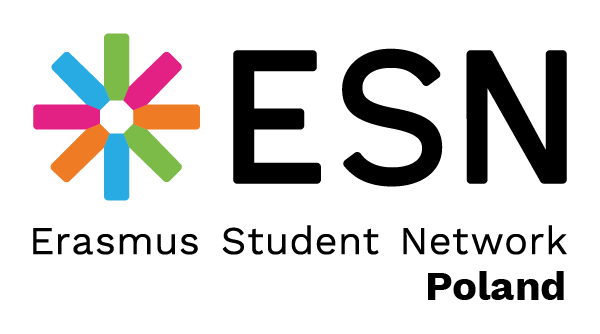National Independence Day
November 11 is one of the most important national holidays in Poland. On this day, all Poles celebrate a special moment in the history of the country - regaining independence. In 1918, Poland regained freedom after 123 years of Austrian, Prussian and Russian annexations.
A brief history of the holiday
The fate of the Polish nation was very changeable, turbulent, full of suffering and struggles for the country and professed values. For over 100 years, Poland did not exist on the maps of Europe. Despite many efforts, numerous uprisings, the situation was unchanged until the outbreak of the First World War, in which the greatest European powers were involved. The history of regaining independence by Poland was a very long and gradual process. The choice of the date of the holiday was influenced by several factors that related to the end of the First World War. Then also the Germans finally capitulated, and the day before - on November 10 - Józef Piłsudski, the commander of the Polish Army, the Head of the Country and the first marshal arrived in Poland. The Poles realized the seriousness of the situation and the fact that they regained their freedom. There was no end to tears of joy and Euphoria.
How is November 11 celebrated in Poland today?
November 11 is a public holiday in Poland. Thanks to this, all Poles have the chance to celebrate it with their families or friends, taking advantage of various attractions offered by cities throughout the country. There are many traditions and they depend mainly on the region in which the day is celebrated. Each, however, is unique, and the reason for celebration is important.
It is impossible not to mention Warsaw, the capital of Poland. It is here that the main Independence Day celebrations take place each year. It is the center of historical, religious and family festivities. Since 1989, this is where the Independence Run takes place, where more and more people take part every year. In turn, the Independence Concert takes place in the Warsaw Uprising Museum. Of course, this is not the end of attractions - there are also numerous shows, lectures and performances.
One of the interesting annual traditions that takes place in Poznań are Street Name Day. On this day, the residents of Poznań come out onto Saint Martin Street to take part in a colorful pageant run by this street. Who is at its head? Nobody else but Saint Martin on horseback. During the parade it is always loud, colorful and cheerful. Poznań is famous for many other customs. One of them are Saint Martin croissants. Croissants are made of half-French pastry, filled with white poppy seeds, vanilla, ground dates, sugar, cream, raisins, butter and orange peel. Since 2009 it has been recognized as an EU regional product, and the baking tradition itself dates back to the nineteenth century.
Numerous parades are organized in many Polish cities. In addition to the parades in Warsaw or Poznań, one must mention the Joyful Independence Parade, which takes place in Wroclaw and in which the Polish Army takes part. Being in Gdansk, you can freely join the Independence Parade there, which is probably the largest such march, because literally everyone can join it, showing others the joy of the celebrated holiday.
How big Poland is, so many ideas and customs in connection with the celebration of Independence Day. It all depends on what you want and what traditions are from your family home. You can eat goose or croissants, take part in a parade, watch historical films with your relatives or meet friends for a walk through the streets of the city, enjoying the free air you can breathe in an independent country.
